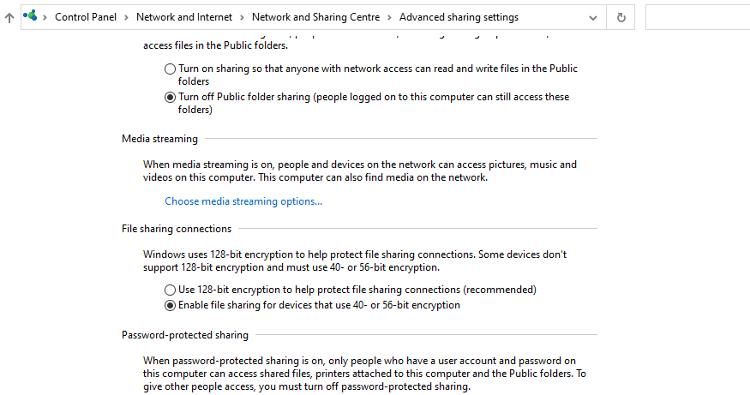


In each Scene, you place your environments, obstacles, and decorations, essentially designing and building your game in pieces. Think of each unique Scene file as a unique level. you can rely on Microsofts access control settings to prevent editing. controller asset, regardless of what scene A Scene contains the environments and menus of your game. With Kofax Power PDF, you can not only manipulate and change documents in many. Note that the Animator Controller Window will always display the state machine from the most recently selected. The visualization of the State Machine itself.Some parameters can be set in scripting and used by the controller, while other parameters are based on Custom Curves in Animation Clips and can be sampled using the scripting API. The Event Parameters Widget (top-left, see Animation Parameters Used to communicate between scripting and the Animator Controller.The higher layers take precedence for the body parts they control. An example of this is if you have a full-body layer for walking or jumping and a higher layer for upper-body motions such as throwing an object or shooting. The Animation Layer Widget (top-left corner, see Animation Layers An Animation Layer contains an Animation State Machine that controls animations of a model or part of it.More info See in Glossary in the Hierarchy View. More info See in Glossary of any character with an Avatar An interface for retargeting animation from one rig to another. The component has a reference to an Animator Controller asset that controls the animation. More info See in Glossary setup has been made, you can drop the controller onto the Animator component A component on a model that animates that model using the Animation system. You can see the list of all user attributes and their values in the table form. If you switch to it, the AD user Attribute Editor will open. Then open the user properties again and note that a separate Attribute Editor tab has appeared. The states available will depend on the type of gameplay, but typical states include things like idling, walking, running and jumping. In order to display the advanced Attribute Editor, enable the option Advanced Features in the ADUC View menu. In the Project Browser window the icon will look like: Animator Controller asset on disk Animator WindowĪfter the state machine The set of states in an Animator Controller that a character or animated GameObject can be in, along with a set of transitions between those states and a variable to remember the current state. The various ways an Animator Controller can be created:įrom the Project View by selecting ‘ Create > Animator Controller’.īy right-clicking in the Project View and selecting ‘ Create > Animator Controller’.įrom the Assets menu by selecting ‘ Assets > Create > Animator Controller’. More info See in Glossary view (Menu: Window > Animation > Animator). The same Animator Controller can be referenced by multiple models with Animator components. It could be a domain, site or an organizational unit.You can view and set up character behavior from the Animator Controller Controls animation through Animation Layers with Animation State Machines and Animation Blend Trees, controlled by Animation Parameters. The group policy settings you have configured will take effect only if you link them to the appropriate container. User configuration (applies to user accounts)Ĭhoose the configurations you wish to modify, and save them.įinally, link your GPO to an OU.Computer configuration (applies to computers).The group policy management console opens. Right click on the desired GPO to edit the group policy settings. Navigate the forest to the default domain policies. Group policy can be applied at domain level, OU level or at a site level. Steps as follows: Step 2 - Launch the Group Policy Management ToolĬhoose Start → All Programs →Administrative Tools → Group Policy Management Step 3 - Navigate to the desired OU Step 1- Log in to the domain controller as administratorĪ standard domain user account is not in the local Administrators group and will not have the proper permissions to configure Group Policies.
#CONTROLLER EDITOR NOT SAVING CHANGES WINDOWS#
Windows offers a Group Policy management Console (GPMC) to manage and configure Group Policy settings. Group Policy is an easy way to configure computer and user settings on computers that are part of the domain. Account Management » Active Directory How-To pages


 0 kommentar(er)
0 kommentar(er)
